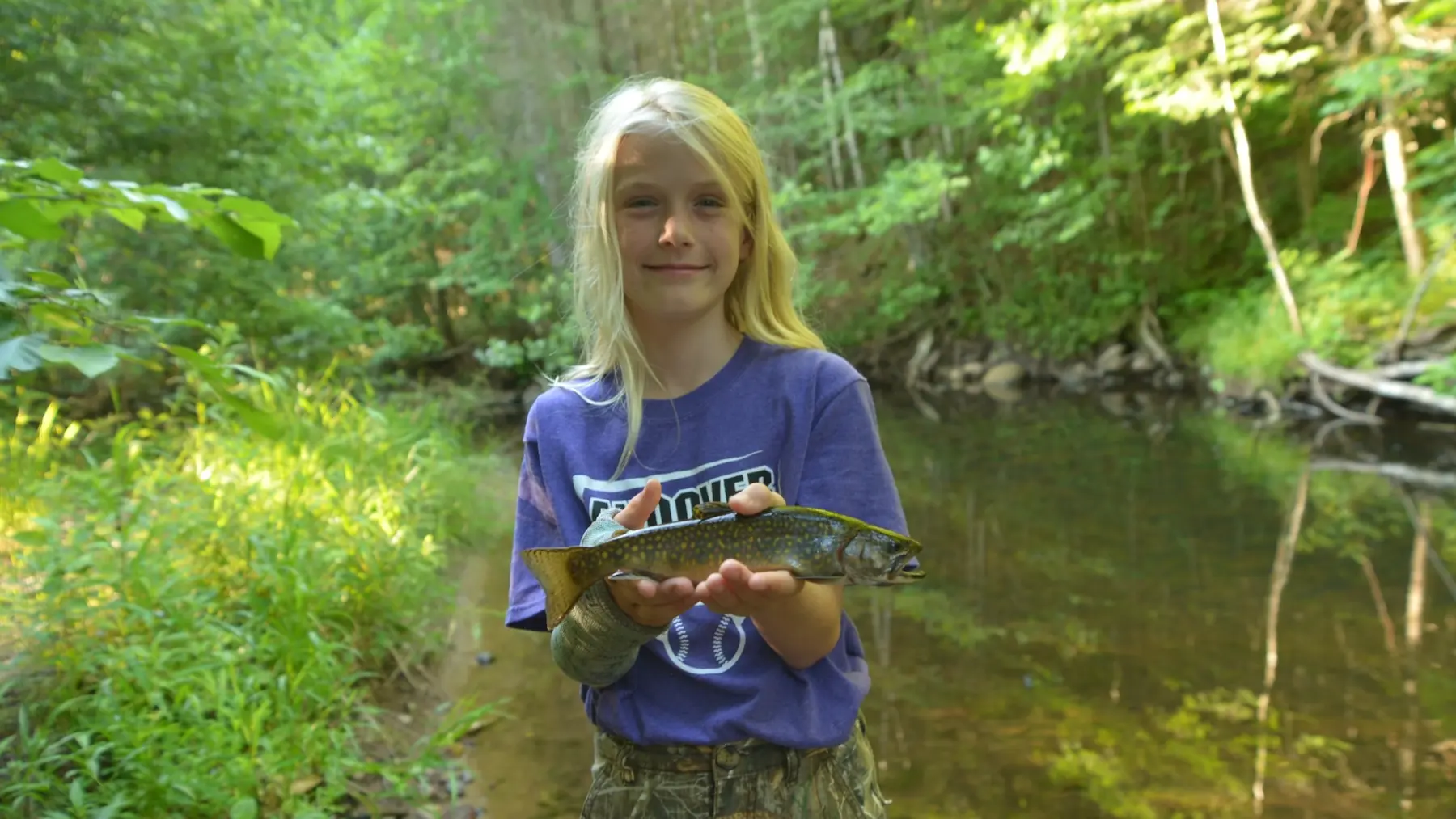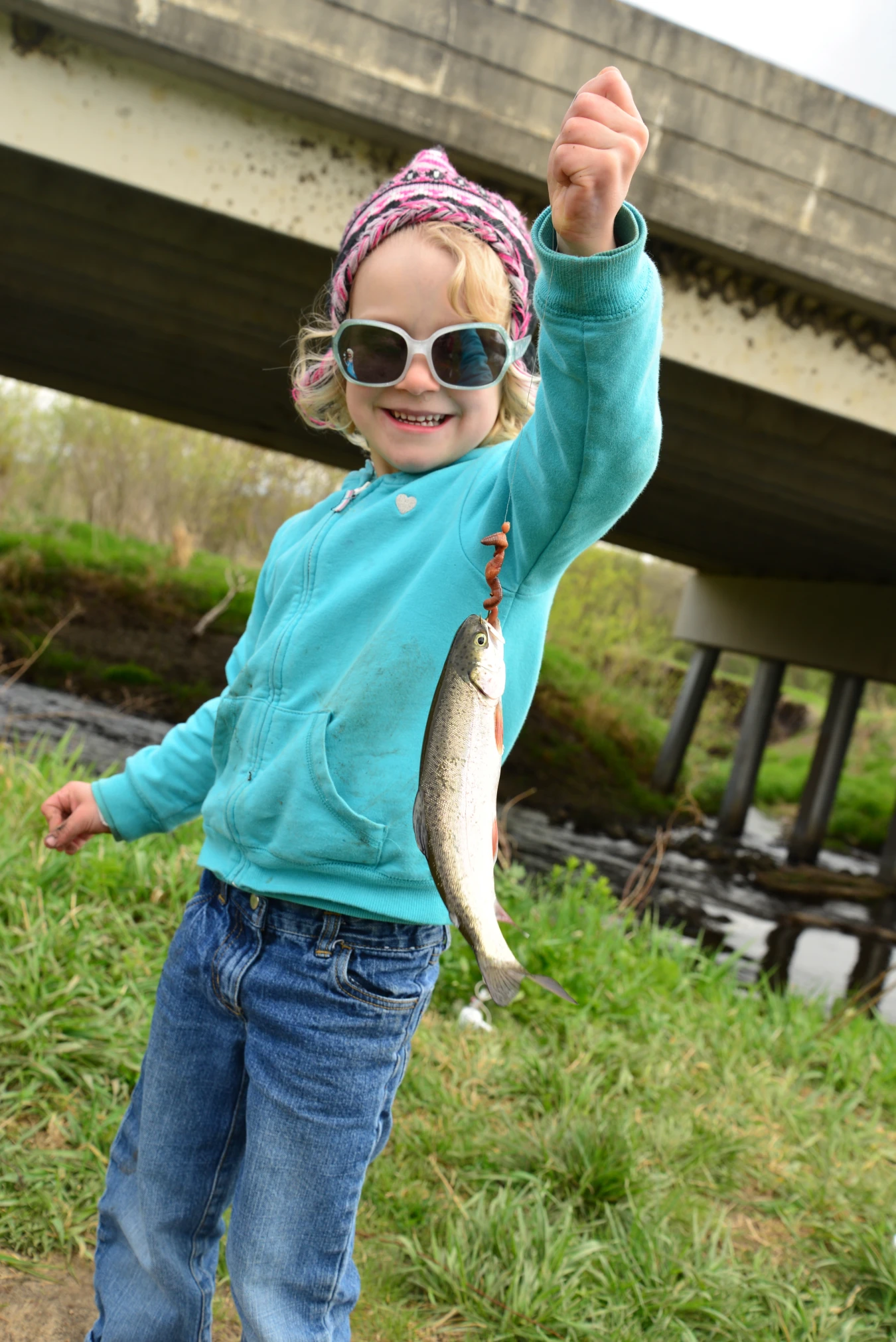Minnesota is known for its abundance of lakes, yet there are four counties without a single natural lake. Growing up in one of these counties didn’t mean missing out on fishing adventures, thanks to the network of streams and rivers in the southeastern part of the state. These waters have long been a favorite spot for fishing enthusiasts, providing an ideal setting for passing on the love of trout fishing to the next generation.
Worm Wrangling for Trout Fishing
Catching your own bait adds an extra layer of excitement to any fishing trip. While saltwater fishing often involves catching mullet or other baitfish with a cast net, freshwater anglers can also catch their own bait, especially when targeting trout. Although some purists may scoff at using worms, they are undeniably effective in catching a limit of trout, particularly when fishing with kids.
After a heavy rain, gathering worms becomes an easy and fun activity for children. Heading out with a flashlight after dark to hunt nightcrawlers can be an adventure in itself. Alternatively, flipping over rocks, logs, and landscaping blocks can yield a good supply of bait.

Choosing Easy Water for Kids
When fishing with young children, selecting the right type of water is crucial. Streams running through open areas like pastures, parks, or other accessible grounds are ideal. These spots provide ample space for casting without the constant threat of snagging on vegetation. As children improve their casting skills, more challenging waters can be explored, but starting with easy access streams ensures a positive and productive experience.
A favorite example is a small brook trout stream in northern Wisconsin. Although it winds through dense timber, making it a challenging spot for beginners, there are many other open and easily accessible streams perfect for young anglers. The goal is to find water where children can focus on their technique without the frustration of constant snags.

Mastering Natural Drifts and Tight Lines
The key to successful trout fishing with worms is achieving a natural drift. This means using minimal weight to allow the bait to move naturally with the current. Light spinning rods, at least six feet in length, are recommended for children, as they provide the necessary casting distance while using light line (typically four- or six-pound mono).
The technique involves threading a half nightcrawler onto a small hook and allowing it to drift through rapids and deeper holes without drag. By standing downstream and casting upstream, children can achieve a natural drift that mimics the movement of prey in the water, prompting quick strikes from trout.
This method not only increases the chances of catching fish but also reduces the likelihood of gut-hooking, which is beneficial for both catch-and-release and for those planning to keep a few trout for the grill. Encouraging kids to practice this technique teaches them effective fishing strategies while promoting sustainable fishing practices.
Fishing with kids in streams and rivers offers a wonderful opportunity to bond and instill a love for the sport. By choosing the right bait, selecting accessible fishing spots, and mastering natural drifts, families can enjoy successful and memorable fishing trips. With patience and practice, children can learn valuable skills and develop a lifelong appreciation for fishing.
Images/Source: MeatEater





